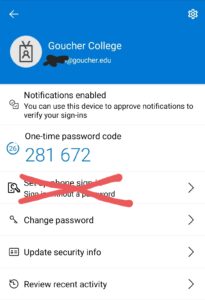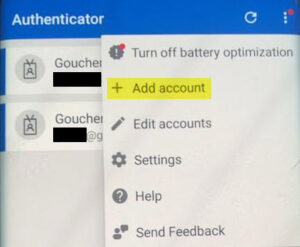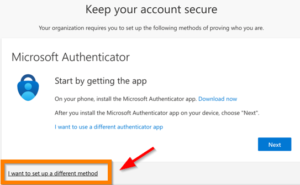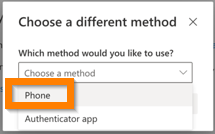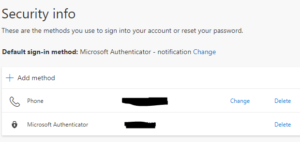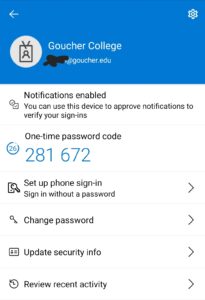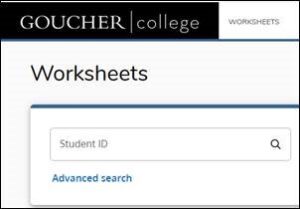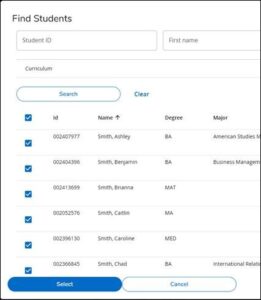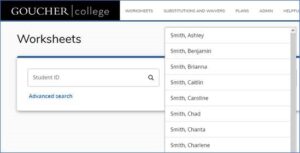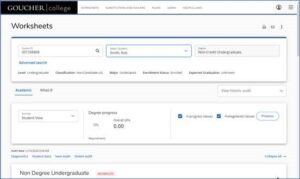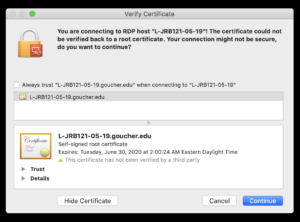Recently, cybersecurity has become a priority for businesses, government, and schools which is why Goucher has included this as part of the new strategic plan. One of the first cybersecurity projects Information technology (IT) is implementing is Multi-Factor Authentication (MFA).
MFA is a two-step process of providing access to a website or application for an added layer of security. Banks, colleges, and more now require MFA and most likely you’ve already gone through this process for at least one site outside Goucher.
To help ensure the security of email and data, IT began implementing MFA via a phone app called Microsoft Authenticator. Other than the added security that comes from adding MFA to your account, there are other advantages:
- Users with MFA setup no longer need to call the Help Desk to reset their Goucher password. This is also true for shared accounts.
- Password resets for faculty/staff have changed from every 90 days to every 180 days
Before you Begin:
Please review the following information prior to setting up MFA:
In most cases, you will only be prompted every 90 days to verify your identity. Students living on campus will be prompted at least once every 7 days. This will occur for each device. For instance, if you use the Outlook app on your phone, you will need to approve access. If you then access your email through a browser, you will again be prompted to approve access. There are other situations that will trigger a new authentication request. . Please review the FAQs for more information.
MFA will only work with certain email apps on mobile devices. The following apps support modern authentication:
- Outlook on iOS version 10.x and greater
- Outlook on Android
Make sure you have the latest OS or application version installed on your device prior to setting up MFA.
MFA will only work with Office 2016 or higher or Office 365. If you are running Office 2013 for Windows or Office 2011 or lower for Macs, on your Goucher-managed laptop, contact the Help Desk to upgrade your system. If you are using Office on a personal computer to check your Goucher emails, please make sure that you are running at least Office 2016 (for Windows users) or Office 365 (for Windows and Mac users). Office 365 can be installed on personal computers for work at home use. For those who cannot upgrade or install Office 365 on your personal computer, you will need to use the web-based version of Outlook to check messages.
Instructions on how to take advantage of Microsoft’s Office 365 home use option
Two authentication methods are needed to be set up to fulfill MFA requirements. Entering your password and setting up one of the methods below is not enough to fulfill MFA requirements. You will need to set up both the authenticator app and the phone methods. The only exception is if you have a non-smartphone device. In that case, only set up the phone method.
Get Started
Once you have reviewed this information, go to Setting Up Multi-Factor Authentication for instructions.
Have more questions? Review the Multi-Factor Authentication FAQs page.

